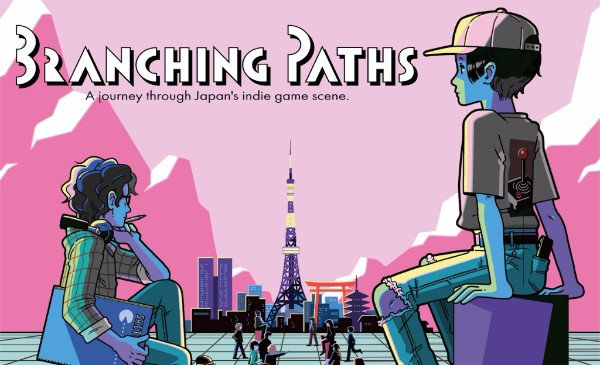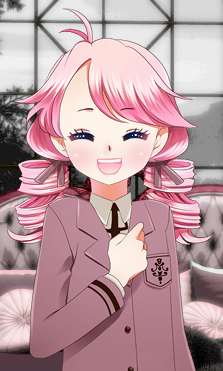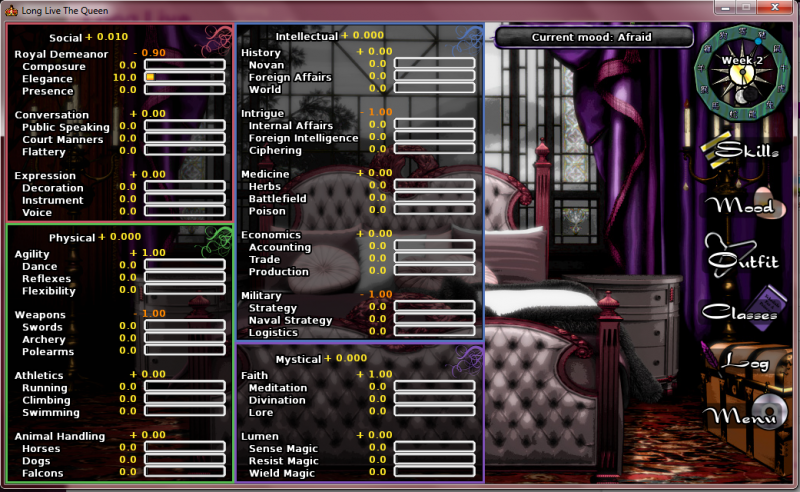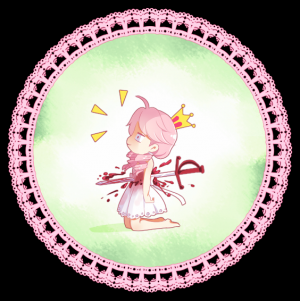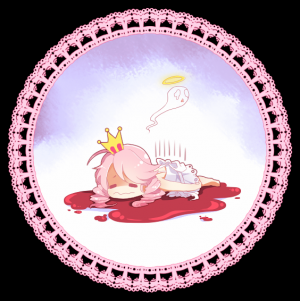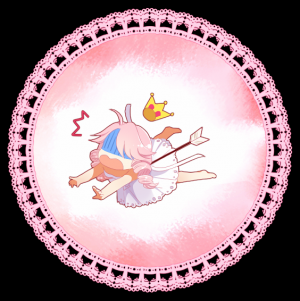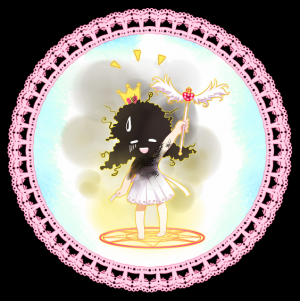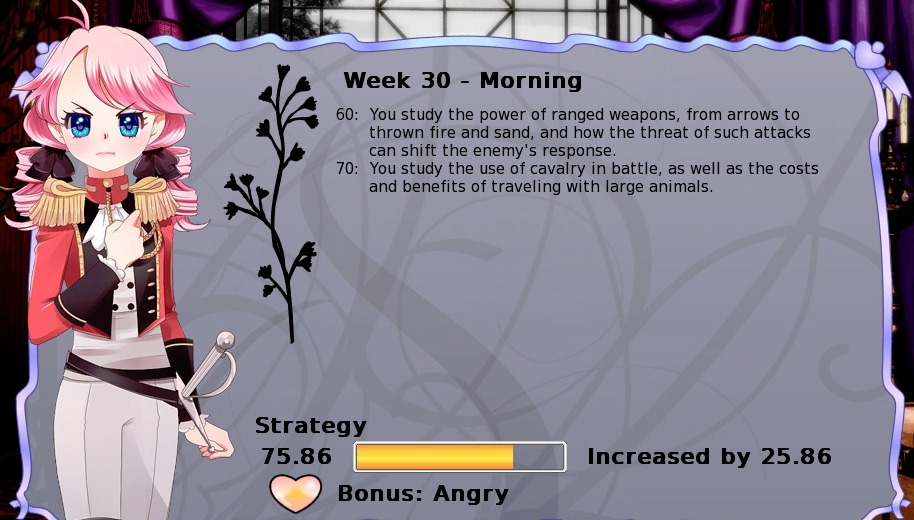Developer: CAVYHOUSE | Publisher: Sony UNTIES || Overall: 8.5/10
Note: This is a non-spoilery review.
The Midnight Santuary from CAVYHOUSE and Sony Music Entertainment’s game publishing arm, UNTIES, is not unlike a very long anime movie. At the beginning I sort of thought “why isn’t this a movie?” By the end of it, I discovered the subject matter tends to be a bit “mature,” the story muddled at times, and the art style quirky; this is really the only format that suits it. It is obvious that the way the story is presented and experienced, it wouldn’t really “work” as a movie. What The Midnight Sanctuary ends up feeling like is if you took a Japanese RPG and sucked all of the “game” parts out of it.
While the storytelling is linear, there are portions that are non-linear. You experience a major plot point, then the story splinters into multiple points, allowing you to “explore” Daiusu Village as you see fit, and then finally culminating in another major story point. Rinse and repeat and you have the flow of the visual novel. There are no puzzles, quizzes, or anything of the sort. You’re really just experiencing the story at your pace and having a little “freedom” to experience what you will. In this sense, it can hold your attention, as it gives a little interactivity in discovering the mystery that lies beneath the “happy” atmosphere of Daiusu Village.
The general story is in regards to the village itself inviting the main character Hamomuru Tachibana, a pastor from a larger city, to document the history of the village. The village is unique in that it was built by Christians, but their form of Christianity splintered, observing the “Crane Wife” as a Saint who will one day return to rapture them, not unlike a female version of Jesus Christ. While the story isn’t really about actual religion, there are references to scripture and events in the Bible. Mix in some good ol’ Japanese “anime stuff” and you’ve got an interesting story that will clock in at about 2.5 hours or so.
The most readily apparent thing about the visual novel is its art style. Much of it is very simplistic and stylized to look like something that didn’t get out of an early phase of development. Most noticeable is that many elements of characters or items are transparent. Behind the scenes at all times is a complex mural of the Crane Wife and some other textures, that changes filters and colors depending on when and where the story takes you. The mural is very complex and it is hard to focus and see what you’re looking at; I often just gave up, but generally assumed it was a person or something utilizing those transparency effects. The symbolism of using this effect to begin with was lost on me if there was any particular reason for this choice. Many of the generic villagers shared the same model, but had a different bandana to signify who they were. There are several “non-transparent” people who look like a “normal” anime 3D character, though most expressions are vapid and they move around like puppets. A couple of characters look a bit alien with their lanky arms and huge hands. The girl Eku also had one of her eyes half closed like she hadn’t slept for a couple days, which accentuated the weirdness. Additionally, whenever she turned around she would almost pirouette; this is just one example of the odd animation that is seen in this title.
The voice acting is exclusively Japanese, but there are subtitles. The voice acting is very good from what I could tell, but since I couldn’t understand it, I would just read ahead in the story really quickly and skip a lot of the talking. Understanding the emotion of the story is more likely if you listened to lines the whole way through, so its definitely an important factor of enjoyment if you’re going to stick with it.
The story was a lot longer than I thought it would last, but I suppose that is part of the value in this title. It didn’t feel like there was much that needed to be cut out, but the major plot points could maybe have been skipped to in order to leave out the filler. While the story gets a bit gruesome at times, it doesn’t get gory nor really crazy, though it seems like it easily could have. Most of the locations in the town are visited several times, so there’s no lack of re-use of assets. The story takes a few “interesting,” if not shocking, turns. Another curious aspect is that you are actually given a character who is referenced as “The Watcher,” but outside of a few scenes you are entirely attached to the hip of Hamomuru. There’s also not much of a conclusion for The Watcher, though they explain the character a bit at some point.
My foray into the “visual novel” genre is very cursory, but it seems like something I could get behind if it were on my iPhone. There’s very low effort involved in controls and it seems like it would be a nice thing to pick up for a few minutes to kill. However, on a PC it feels like a bit of a waste of time since I have to be sitting in the chair at the keyboard controlling it. As of now, it is only available on PS4, Switch and Steam. A VR version is coming out later on Steam, and is already out on PS4. While I wouldn’t suggest this title for children, teens/young adults will probably get a bit spooked out with it.




















